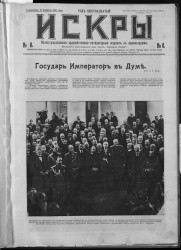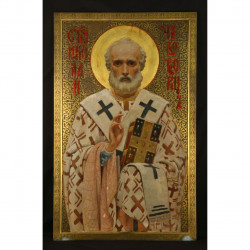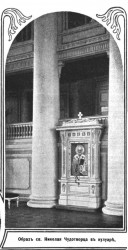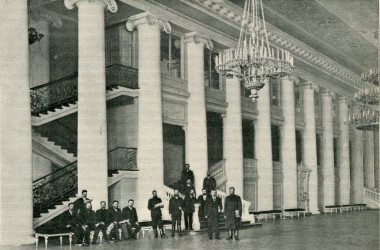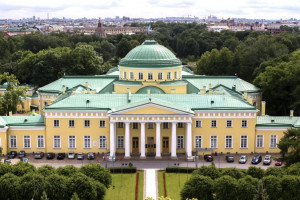History of Tavricheskiy Palace: Icon of Saint Nicholas the Wonderworker
13 June 2024
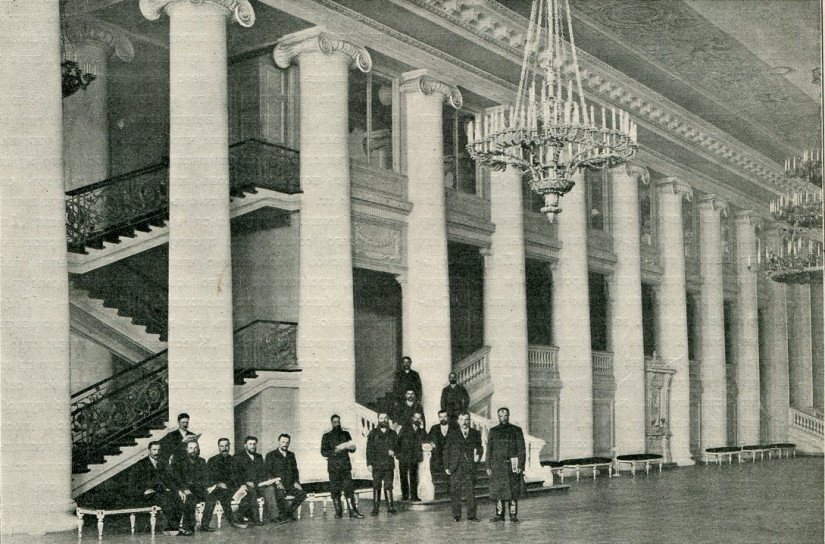
In 1905-1906, Tavricheskiy Palace was actively being prepared for the start of the State Duma's work.
Under the guidance of a Special Commission, the palace was partially rebuilt. A meeting hall replaced the Winter Garden, separated from the Catherine Hall by a wall. In the hall itself, a place for deputies to walk was arranged, where they discussed various issues, met with journalists, and waited for the next meeting in the Duma Hall.
In the early 20th century, all ceremonial events in institutions were accompanied by prayer services. During the time of the Duma, the church in Tavricheskiy Palace continued to function, and at one of the meetings in December 1905, it was decided to “adapt the church of Tavricheskiy Palace to meet the religious needs of the members of the State Duma and the staff of the State Duma Chancellery.” The renovated church could be visited not only by deputies but also by townspeople.
Prayer services were held in the Catherine Hall, where the icon of Saint Nicholas the Wonderworker was located. It was specially created for the Duma by professor and academician of the Imperial Academy of Arts Nikolay Bruni. The image of the saint was made on a massive copper board and placed in a kiot built into the wall of the hall.
Many photographs dedicated to the Duma depict prayer services in the Catherine Hall near the icon of Saint Nicholas the Wonderworker.
Among the Duma deputies, there were many believers, especially among peasants and priests. However, in the early 20th century, atheistic sentiments were also felt in society. Not all legislators treated worship services with respect and understanding.
In February 1916, a prayer service was held in the Catherine Hall, attended by Nicholas II. This was the only visit of the emperor to Tavricheskiy Palace.
After the revolution, the icon of Saint Nicholas the Wonderworker disappeared from the palace. After long journeys, it ended up in the Museum of Russian History


